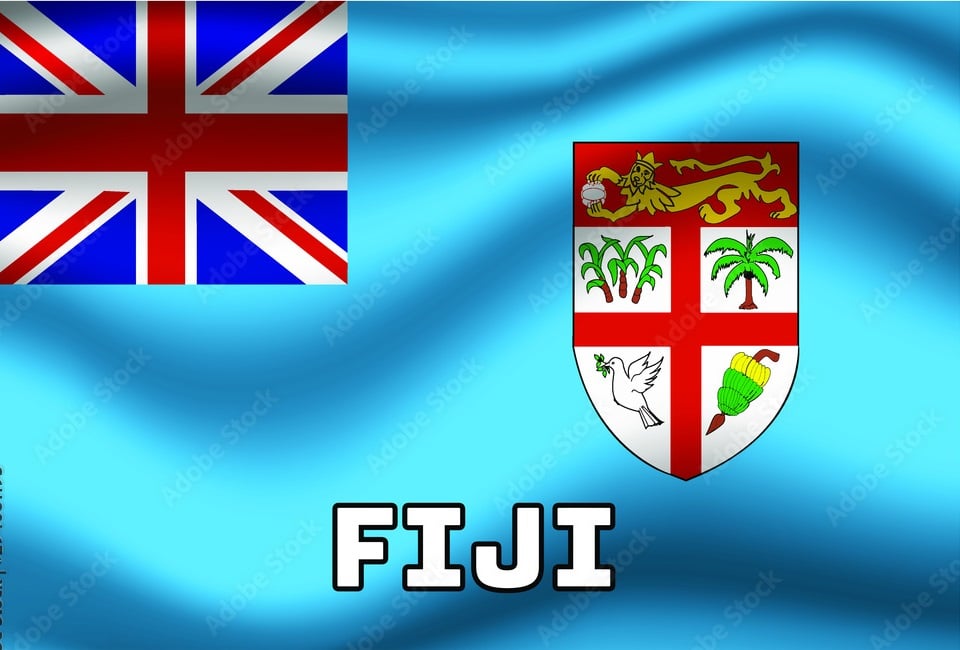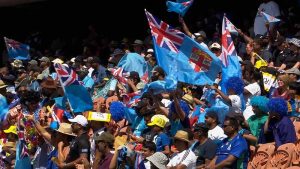Headlines
Fiji Population, Official Language And More.

In conclusion, Fiji has a rich history that spans thousands of years. From its early settlement by Melanesians to its colonization by Europeans and eventual independence, Fiji has undergone significant changes throughout its history.

Fiji
The Population
Fiji has a population of approximately 896,445 people as of 2021. The population is made up of various ethnic groups, including Fijians, Indo-Fijians, and other minority groups. The Fijian population is predominantly Christian, while the Indo-Fijian population is predominantly Hindu.
The Landmark
The most famous landmark in Fiji is the Garden of the Sleeping Giant, which is located in the Sabeto Valley near Nadi. The garden was founded by the late actor Raymond Burr and features a collection of over 2,000 varieties of orchids and other tropical plants.
The Official Language
The official languages of Fiji are English, Fijian, and Hindi. English is the language of instruction in schools and is widely spoken in urban areas. Fijian is spoken by the indigenous Fijian population, while Hindi is spoken by the Indo-Fijian population.
The Culture
Fiji has a rich cultural heritage that includes music, dance, art, and cuisine. Traditional Fijian music includes meke, which is a combination of singing and dancing. Fijian art includes woodcarving, pottery, and weaving. Fijian cuisine features a variety of seafood dishes as well as traditional dishes such as kokoda (raw fish marinated in lemon juice and coconut milk) and lovo (meat and vegetables cooked in an underground oven).
The Economic Stability
Fiji’s economy is heavily dependent on tourism and sugar exports. In recent years, Fiji has also developed a significant garment industry. Despite its economic growth, Fiji has experienced political instability in recent years due to several coups and political crises.
The GDP
Fiji’s Gross Domestic Product (GDP) was worth 4.94 billion US dollars in 2022, according to official data from the World Bank 1. The country’s economy is heavily dependent on tourism and sugar exports. In recent years, Fiji has also developed a significant garment industry.
The Currency
The official currency of Fiji is the Fijian dollar (FJD). As of October 2, 2023, one US dollar is equal to 2.24 FJD.
The Food
Fijian cuisine features a variety of seafood dishes as well as traditional dishes such as kokoda (raw fish marinated in lemon juice and coconut milk) and lovo (meat and vegetables cooked in an underground oven). Other traditional Fijian dishes include duruka (Fijian asparagus), taro (a yam-like staple of Fijian cuisine), and roti (flatbread).
Major Cities
The largest city in Fiji is Suva, which is also the capital city of Fiji. Other major cities include Lautoka, Nadi, Labasa, and Ba.
Major Airport, Sea Port, and Schools
The two major airports in Fiji are located in Nadi and Nausori on Viti Levu island. They are also the two main domestic hubs. The major sea ports in Fiji include the ports of Suva, Lautoka, Malau, Wairiki, Levuka, Savu Savu, and Rotuma. Some of the major schools in Fiji include the University of the South Pacific, the University of Fiji, and Fiji National University.





